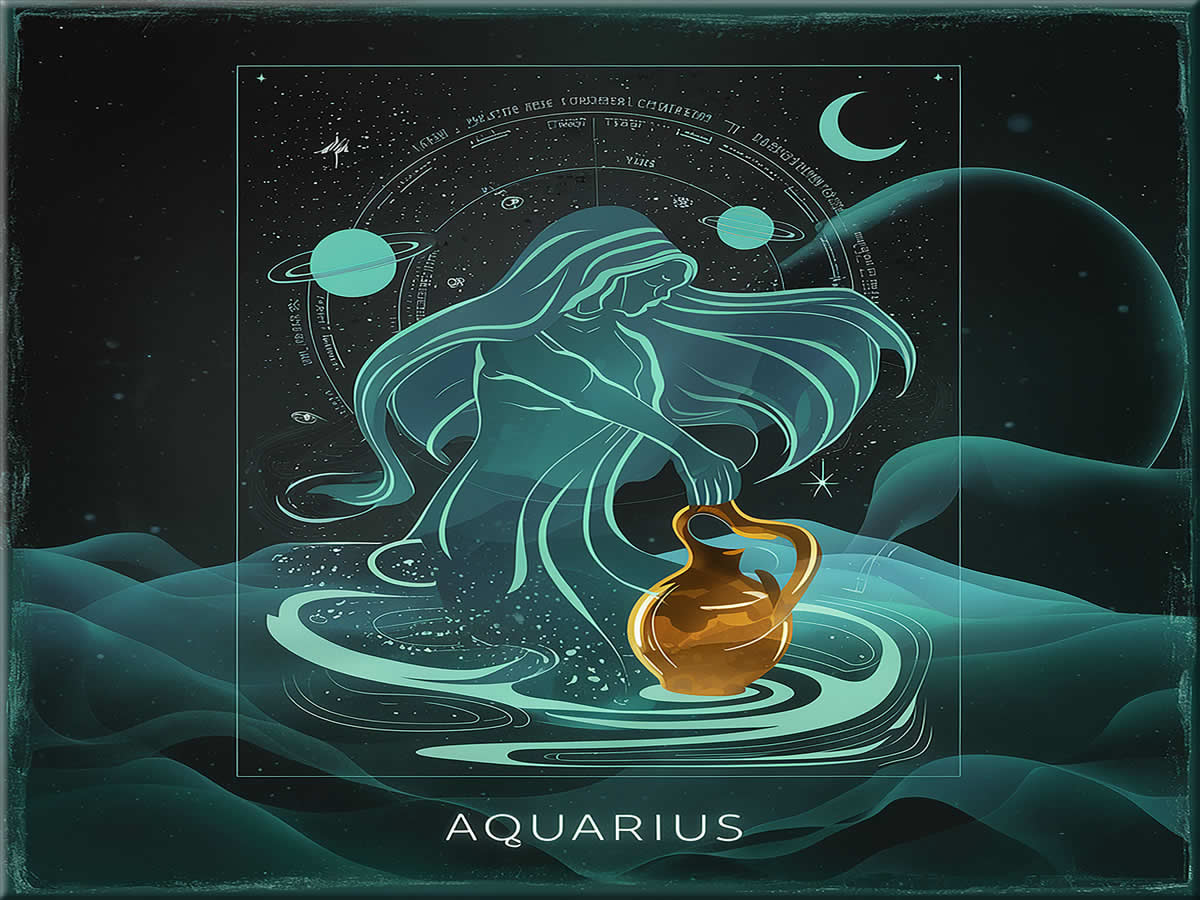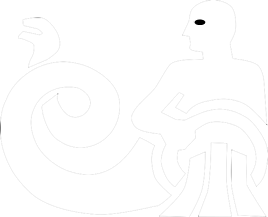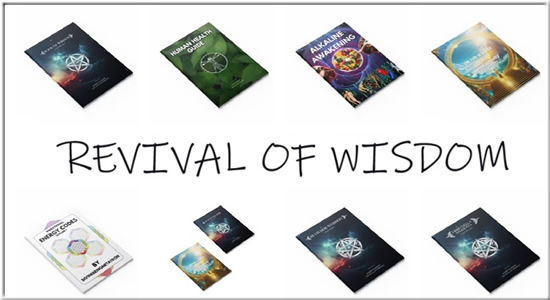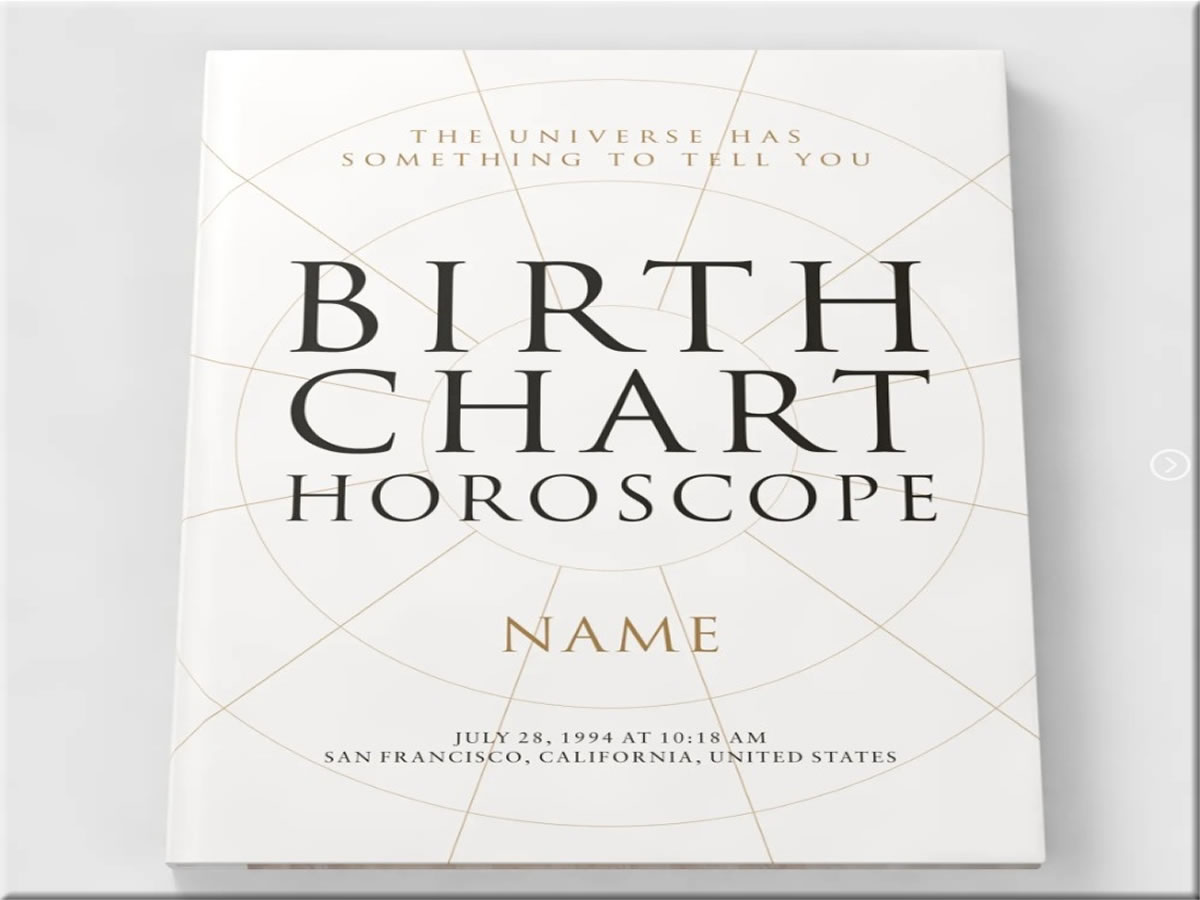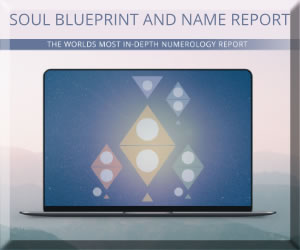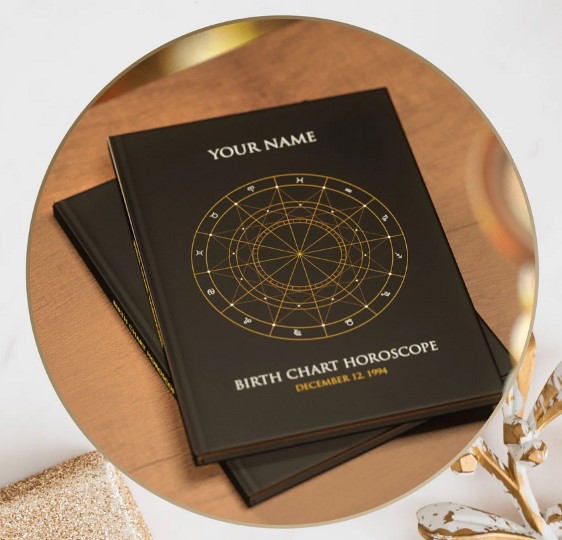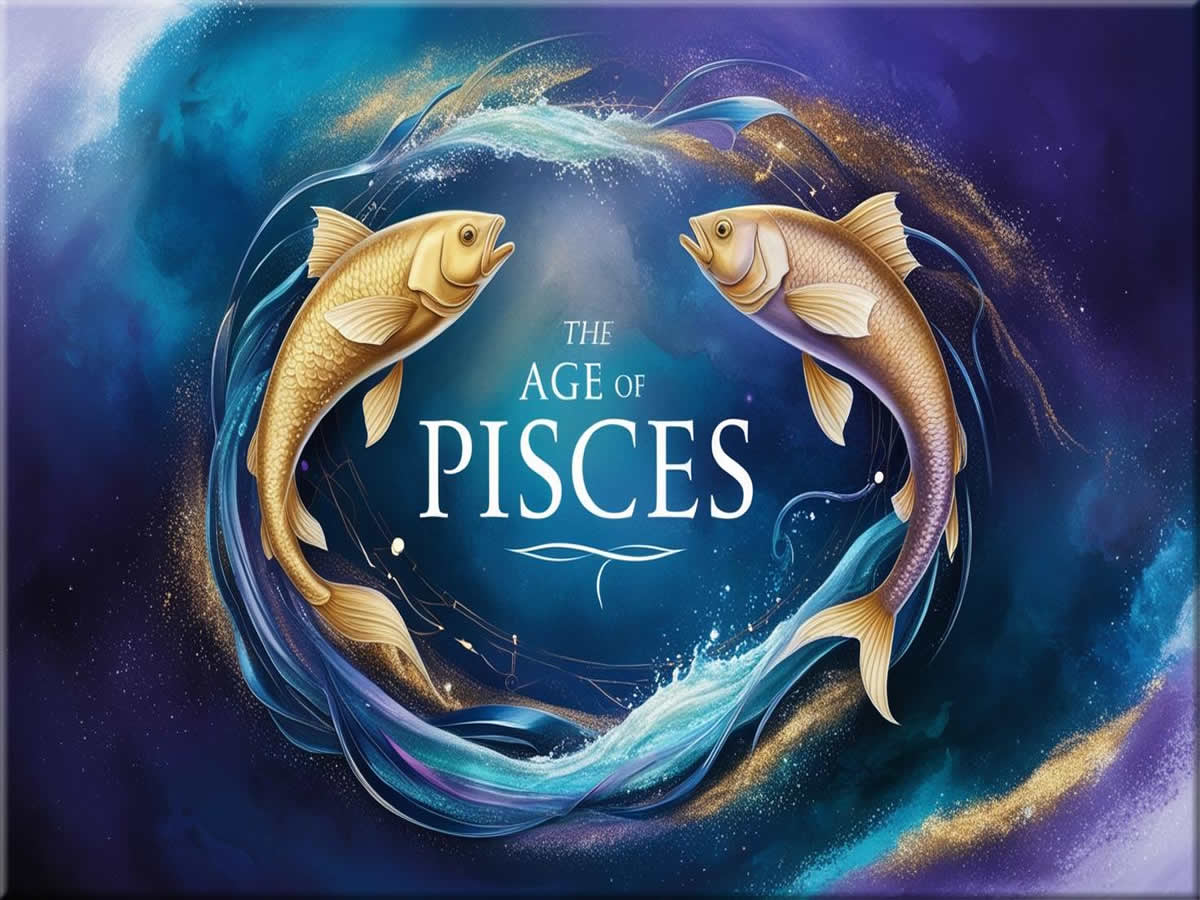
Age Of Pisces: The Age Of Faith And Conflict
The Age of Pisces is a fascinating chapter in human history. It is believed that it began roughly around 1 CE. A spiritual awakening marked this time, yet paradoxically, it was steeped in conflicts arising from newfound religions. A key theme of this age is duality. Symbolized by the Pisces constellation, depicted as two fish swimming in opposite directions, it speaks volumes about the contrast between spiritual enlightenment and the sensual desires of humanity. This dual representation meant that while the world was buzzing with spiritual fervor, it was equally clouded by illusions and turmoil.
During this period, male energy reigned supreme and strongly influenced societal structures. Gender roles were starkly defined, leading to an imbalance in power dynamics between men and women. This dominance shaped the fabric of society, steering us towards certain religious ideologies that dominated everyday life.
Symbolically, Pisces—as seen in the two fish—is more than just a zodiac sign; it’s relative to our journey. It embodies the human spirit trying to bridge the gap between the conscious and the unconscious. On the one hand, there’s the allure of materialism and corporal gratification. On the other hand, there’s a wish for greater wisdom and esoteric knowledge.
Check out more videos on our YouTube channel
Throughout this age, Jesus and other significant figures are often represented alongside fish symbols, deepening the connection to the Piscean archetype. Fish and water become metaphors for the flux of faith and belief systems that made their mark during these times. Understanding the Age of Pisces is not merely a look back into history. It’s crucial to comprehend how religious and spiritual beliefs have molded societies and influenced global events.
Faith and Conflict: The Intertwined Threads of History
Navigating the Age of Pisces reveals a world deeply intertwined with faith and conflict. Religions like Christianity and Islam expanded their influence, spreading across continents and shaping the societies they touched. Yet, with this expansion came inevitable clashes. The Crusades, religious and political wars, and various Jihads are enduring legacies of this era’s logical battlegrounds.
The dual nature of this age is evident in the mix between profound wisdom and intense conflict. Religion, intended to bridge gaps and foster understanding, sometimes became a tool for division. Doctrines shaped more by human fallibility than divine guidance often led to misguided zeal, resulting in historical events like the Christian Inquisition, which targeted and persecuted those deemed heretical.

Faith brought people together and sparked some of history’s most significant conflicts. Pursuing righteousness sometimes veered into extremism, casting a shadow on genuine spiritual pursuits. The Age of Pisces teaches us that faith, unchecked by compassion and understanding, can descend into fanaticism, leading to violence and oppression.
Who bears responsibility for this paradoxical age? It’s leaders and scholars who wielded religious beliefs as instruments of power. At the core, it’s a reminder of our tendency to manipulate ideology to serve human ambitions. Reflecting on this era encourages a closer examination of how power and ideology intertwine, urging us to seek balance in our spiritual practices.
Authority and Hierarchies in the Age of Pisces
The Age of Pisces stands out for its pursuit of knowledge and the rise of hierarchical structures. At its core, knowledge was a form of empowerment during this era. People sought to understand the world around them, asking to be led to the truths that shaped their reality. An unquenchable thirst for enlightenment pushed society forward, albeit sometimes under rigid structures.
Hierarchies, be they religious or political, became the backbone of society. These institutions often held sway over public life, determining what knowledge was permissible and what remained taboo. Authority figures had significant influence, sometimes stifling free thought by guarding truth with dogmatic barriers. The pursuit of enlightenment was closely tied to the expectations and edicts of these leaders.

Religion, in many cases, served both as a guiding beacon and as a tool of subjugation. Spiritual leaders wielded significant power, shaping beliefs and enforcing moral codes. With authority came the power to enlighten or deceive, as some leaders manipulated beliefs to reinforce their control.
This era demanded self-awareness amidst institutional dominance. Many sought deeper spiritual understanding beyond what was prescribed. It was a time of asking who determines the truth and recognizing the necessity to think critically about received wisdom. Exploring these dynamics encourages us to reflect on our relationship with authority, discerning how to balance reverence with inquisitive inquiry.
Reflecting on the Age of Pisces can help us steer toward a more equitable and informed future. Recognizing the influence of authority in shaping knowledge today prompts a critical examination of who holds power and why. Striking a balance between respecting tradition and fostering independent thought remains a crucial lesson that resonates from this era.
Emergence of Independent Spiritual Traditions
During the Age of Pisces, amidst the rigidity of organized religions, a quiet yet profound revolution emerged: the rise of independent spiritual traditions. These new paths offered alternative approaches to spiritual understanding, diverging from the constraints of institutional dogma.
Buddha, Jesus, and Muhammad were pivotal in fostering spiritual paths focused on personal enlightenment and inward journeys. These figures became central to major religions, and their teachings emphasized personal growth and self-discovery over rigid ritualistic practice.
Discover the New and Improved Personal Numerology and Astrology Reports. These outstanding Reports deeply explore your unique, energetic blueprint.
These new perspectives challenged existing norms by encouraging individuals to seek personal connections with the divine rather than relying solely on structured rites. A spirit of inquiry, valuing internal transformation over external compliance, began to take root. More people started to look beyond traditional boundaries to find spirituality in everyday experiences.
Unlike previous eras like Taurus and Aries, where societal norms were often more about tangible sacrifices and outward expressions, Pisces encouraged looking within. This shift marked the beginning of a transformation in how spirituality was perceived and practiced, laying the groundwork for more individualistic interpretations of faith in subsequent ages.
Exploring these independent traditions reveals valuable insights into how spiritual exploration can be profoundly personal. In today’s world, where there’s a continuous push towards individuality, recalling the seeds planted during the Age of Pisces serves as a guide to maintaining a balance between personal faith and collective beliefs.
Transition to the Age of Aquarius: A New Paradigm
Standing at the brink of change, we move from the Age of Pisces to the Age of Aquarius. This transition ushers a shift from outward faith-based systems to a more reasoned, individualized approach to spirituality and understanding.
The signs of this transition have been unfolding over centuries, gaining momentum since around 1600 CE. We’re witnessing a shift from traditional hierarchies of religious dogma to a new era characterized by personal autonomy and secular individualism, a journey many associate with the Enlightenment era.
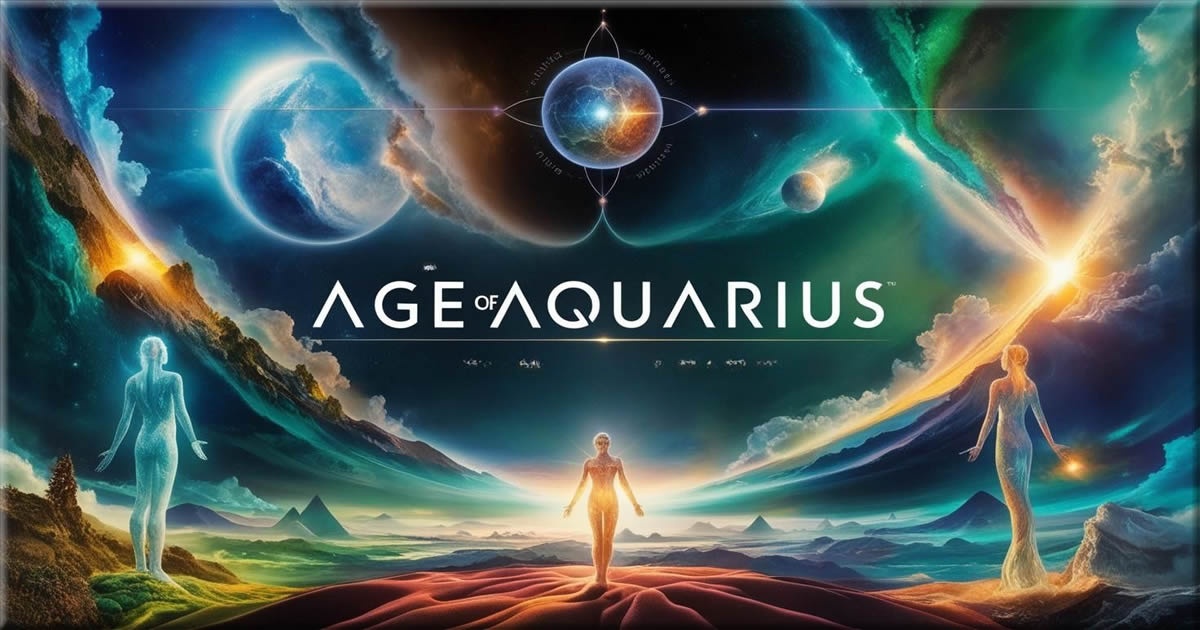
As our societal fabric changes, there’s a noticeable pivot towards questioning long-held beliefs and embracing scientific progress. This era emphasizes critical thinking and the power of technology to bridge gaps, fostering a global community of shared knowledge and collaboration. The shift isn’t about rejecting the old but integrating wisdom with newfound reason.
However, with change comes complexity. This ongoing transition challenges societies to adapt to new realities, as revolutionary ideas shape attitudes, and interconnectedness exposes us to diverse perspectives. Navigating these turbulent waters with an open mind and acknowledging the potential and pitfalls of such advancements is crucial.
Engaging with this new paradigm involves embracing changes while maintaining humility and empathy. By applying these principles, we walk towards a future where the richness of diversity and depth of understanding aren’t ideals but the very fabric of our collective existence.
Related Topics

